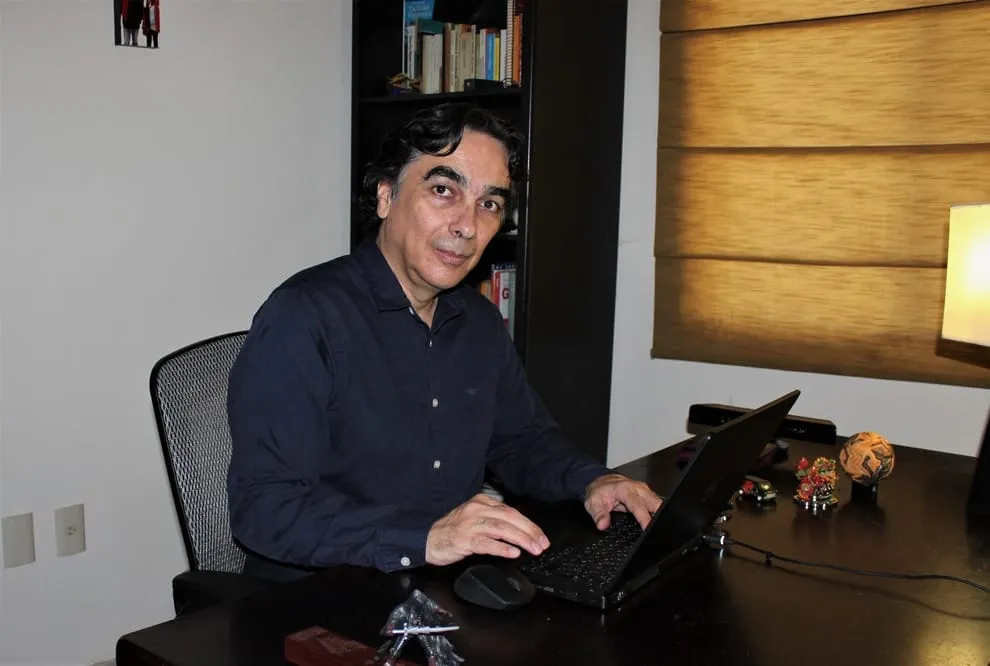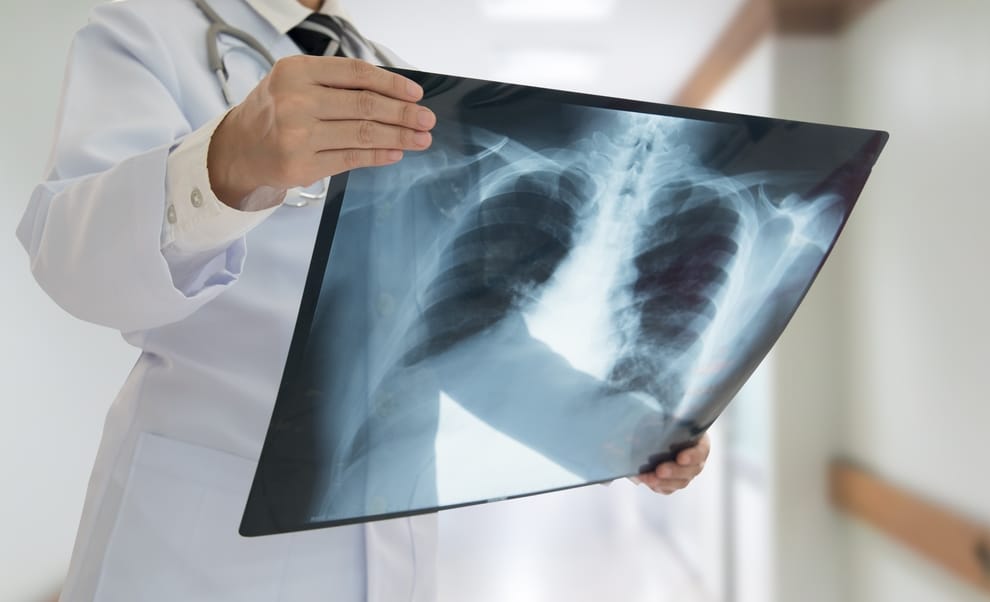Can you imagine the COVID-19 virus being detected through an X-ray that is affordable, quick, painless, and accessible in almost all parts of Mexico?
Can you also imagine that this image would allow you to distinguish between COVID-19, pneumonia, and influenza A H1N1 or follow up on the state of patients’ lungs?
Well, this form of detection is being explored thanks to development by Luis Eduardo Falcón, Director of the Master’s Degree in Computer Science at Tec Guadalajara.
By implementing a Deep Learning algorithm (created by this director) on the image of a lung, the type of lesion displayed can be identified quickly and reliably.

Around the world, people are steadily and quickly working on improving any aspect related to COVID-19, including its detection.
And this research project based on Deep Learning, one of the areas of Artificial Intelligence (AI), stands out due to its practical application.
It not only tangibly explores new ways of detecting the COVID-19 virus, but also finds others that affect the airways.
“Current testing takes a couple of days to give you a positive result. The procedure is also expensive and not accessible everywhere in countries like Mexico.
“As this virus starts by damaging the airways, we saw that one way of detecting it quicker is through X-ray images or tomographies of the thorax,” said Falcón.
This tool is also trained to identify healthy people or those displaying another type of respiratory disease such as pneumonia or influenza A H1N1.
“It’s like a medical assistant that increases the capability of human beings to solve problems, a diagnosis in this case,” he shared.
As with current tests, it needs to be applied one week after infection for there to be sufficient evidence of the virus in the lungs.
The accuracy level given by this test is 95% and it also works with asymptomatic patients.

“As this virus starts by damaging the airways, we saw that one way of detecting it quicker is through X-ray images or tomographies of the thorax.”
Falcón said that, “5% is still a lot and we can work on improving that as we receive more images.
“To validate the model, we need approximately 10,000 X-rays, which will help us to better establish its margin of error and reliability.”
The images needed for this algorithm to continue learning must initially be accompanied by:
“A clinical report with information provided by the doctor on patient diagnosis to be able to use it in the analysis.
“Internationally, there is no database of this size with this type of images,” said the director from Tec Guadalajara.
Besides being affordable and non-invasive, it opens up a new possibility of being able to follow up on patients who have survived COVID-19.
We are seeing that after eliminating the virus from the body, there is an impact on the lungs, and this algorithm can be used to, “monitor development or permanent damage to patients.
“That’s why the project is looking to reach agreements with Mexican hospitals to detect COVID-19 and provide medium and long-term follow-up to recovered patients.”

Alejandro García González, who is making contributions from the biomedical perspective, has also joined the efforts made by this professor from the Guadalajara campus.
This application of Deep Learning is currently working on following health protocols to validate its use.
If they receive this validation, the algorithm could be developed as an alternative Mexican test for these illnesses.
Talks are also being held with several health institutions to form strategic partnerships.
These would be another key factor to benefit the project, as they would also increase the number of images with a confirmed diagnosis of COVID-19.
The model could therefore achieve an effectiveness level of over 98% so that a patient’s status or type of disease could then be determined with just an X-ray.
Alongside these partnerships, the project is looking for financial support from the state and the National Council of Science and Technology (CONACyT) to take it nationwide.
If this last aspect is successful, the proposal could be supported by the Business School of Tec de Monterrey itself to determine further strategies.
ALSO READ:





